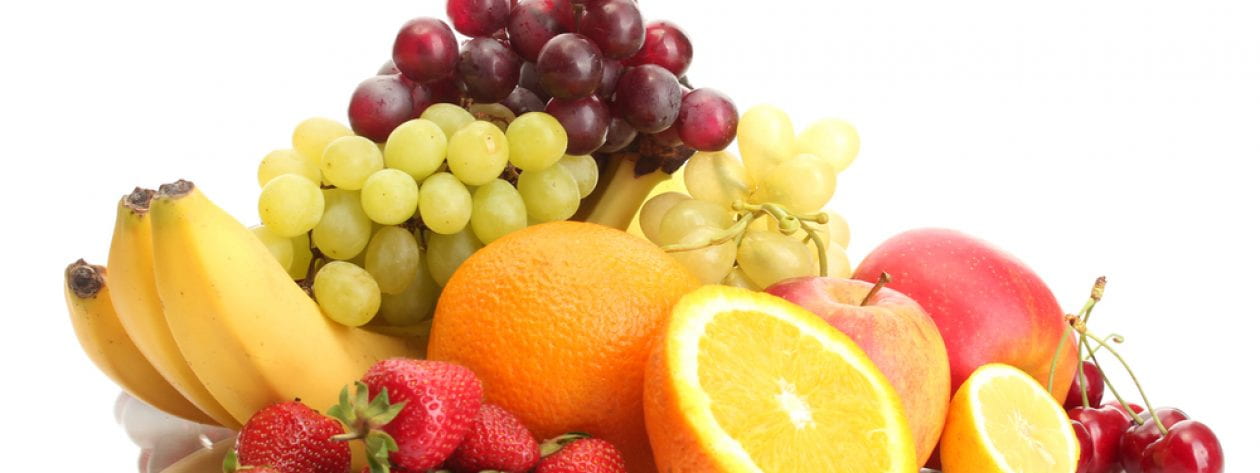You may have heard the classic question, or perhaps proposed it yourself when considering a meatless diet; “Where do you get your protein”? Today, that very question will be answered, along with how you can incorporate some plant-based proteins into your own diet.
First, let’s review the importance of protein. Protein is one of the three macronutrients that your body needs to maintain a health. When it comes to building and repairing tissues, or creating protein-rich parts of the body, such as hair and nails, protein does the job.
Protein is composed of building blocks called amino acids. 9 of these amino acids are termed “essential”, as your body needs to get them from your diet rather than manufacture them on its own.
There are two main categories of protein: complete and incomplete. Complete proteins contain all 9 essential amino acids, whereas incomplete proteins contain some but not all. Most plant-based sources of protein are incomplete, however, that does not mean that you can’t get all your essential amino acids from them. That’s where the magic of food combining comes into action. For instance, by themselves beans only contain some of the essential amino acids making it an incomplete source. But combine those beans with another incomplete source, such as rice, and together the essential amino acids in those foods create a complete protein. To reap the benefits of combining these foods, however, you do not need to consume them at the same meal, necessarily. The benefits of combining incomplete proteins can be achieved simply by eating both foods on the same day.
Not all plant-proteins are incomplete, either. There are also sources of complete plant proteins that require no food combining to get all 9 essential amino acids in one meal! Examples of these foods include quinoa, hummus, soybeans and soy products (such as tofu), and chia seeds.
 https://thefodmapfriendlyvegan.com/protein-on-a-low-fodmap-vegan-diet/
https://thefodmapfriendlyvegan.com/protein-on-a-low-fodmap-vegan-diet/
Given all this information, you may now be wondering how to incorporate these plant proteins in your daily diet.
Here is an example of plant protein meals for each time of day:
Breakfast: Whole grain toast with peanut butter and banana
Lunch: Quinoa salad (quinoa, black beans, mixed veggies, spices)
Snack: Hummus and carrots or other veggies, or edamame, or mixed nuts
Dinner: Burrito bowl (rice, beans, seasoned tofu, salsa, guac, and any other veggies)
How much protein should you be consuming? The Recommended Daily Allowance for protein is 0.8 grams per kilogram body weight. On average, however, most adult women need 46 grams per day and men 56 grams. Although these numbers are estimates, they are a good starting point to aim at when determining your protein intake.
 https://yummyyummybaby.com/2014/10/07/protein-from-vegetables-vs-meat-whats-the-big-deal/rda-chart-for-protein
https://yummyyummybaby.com/2014/10/07/protein-from-vegetables-vs-meat-whats-the-big-deal/rda-chart-for-protein
That’s all for today! Check back next Sunday for more Meatless Monday motivation!
Considering making the transition to a Vegetarian or Vegan lifestyle? Follow the Vegetarian Club at PSU for more info!
Ig: @psuvegclub
Facebook: Penn State Vegetarian Club
And follow Vegetarian and Vegan Dining at Penn State on Facebook!
References:
https://www.ncbi.nlm.nih.gov/books/NBK234922/
https://www.livestrong.com/article/343966-how-to-calculate-protein-rda/

